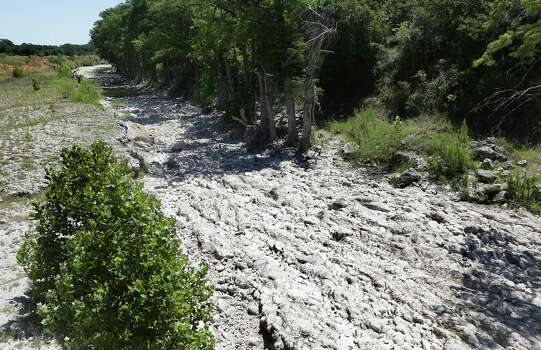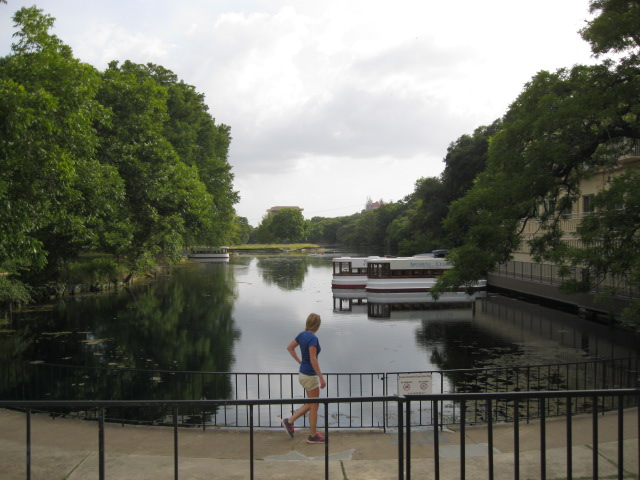'Well Educated' Training
The Texas Well Owner Network along with the Texas
A&M AgriLife Extension Service will be holding a one-day educational
event.
This event is aimed to aid private well owners with topics
including:
· Texas groundwater resources
· Septic system maintenance
· Well maintenance and construction
· Water quality and water treatment
The
event is free to all, but if anyone is interested there’s a $10 well
water screening for the following: nitrates, total dissolved solids and
bacteria. Well owners who would like to have their well water sampled
can pick up the two sample containers, one bag and one bottle, at the Hays County or Blanco County AgriLife Extension offices. The bags and bottles are also available at the Hays Trinity GCD office for those who are interested. After filling each bottle and bag with a sample from their well, participants should bring the two samples to the September 12th training…. See the instructions below.
Event Time: 8:30 am – 3:30 pm
Location: Wimberley Community Center – Johnson Hall
Attendance is limited, so attendees are requested to register at twon.tamu.edu/training or by calling 979-845-1461 as soon as possible.
Instructions for Collecting and Submitting
Water Samples
for Screening
Instructions for Collecting and Submitting
Water Samples
for Screening
- Wash your hands.
- Use a faucet as close to the well as possible for making the collection. If an inside faucet is used, remove the aerator on the end of the faucet before making the collection.
- Rinse and dry the exterior of the faucet to prevent exterior contamination of your water sample. If possible, wipe off with a Chlorox-type towelette or paper towel wetted with a light bleach solution to kill any bacteria present on the faucet. Allow the solution to dry before sampling.
- Turn on the water full force and let it run at full force for two minutes.
- Reduce the water flow to a small stream.
- Tear off the perforated strip above the yellow twist ties from the top of the bag. Grasp the small white tabs on the side of the water-sampling bag and pull the bag open (be careful not to touch the inside of the bag with your fingers).
- Holding the bag by the yellow twist ties, fill the sampling bag three-fourths full and then twirl the bag top over bottom to close it. Some water may leak out, but don’t worry. Tie the twist ties together.
- Cost per sample is $10.00.
Submitting
the Samples:
Please
bring the sample to the Texas Well Owner Training at the Wimberley Community
Center
– Johnson Hall, 14068 Ranch Road 12, Wimberley, TX on September 12, 2013. The
water well owners program will be from 8:30 – 3:30 with samples being turned in
at 8:30. If you have any questions
please call 979-845-1461.
Please Note: Samples
should be collected within 24 hours before the training to ensure accurate
results.







